
All categories
Featured selections
Trade Assurance
Buyer Central
Help Center
Get the app
Become a supplier

(1021 products available)

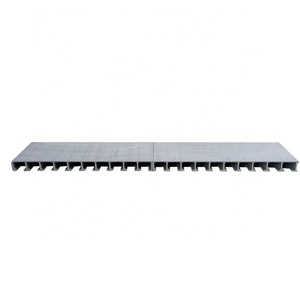
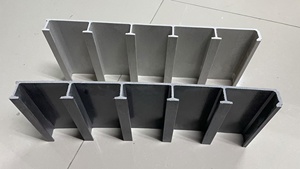
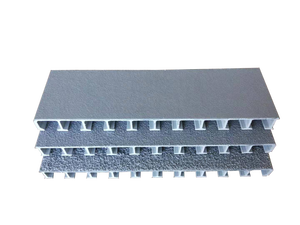
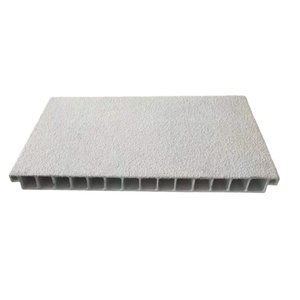
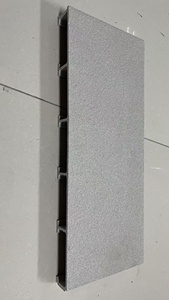



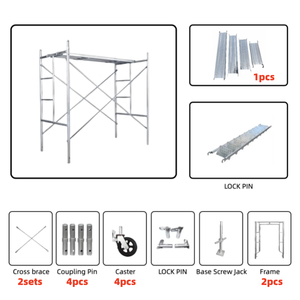
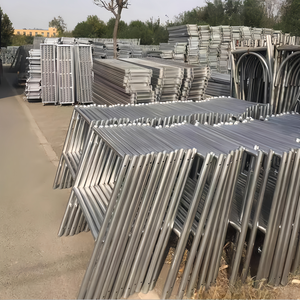
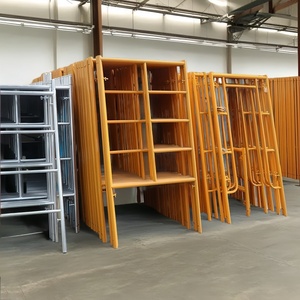


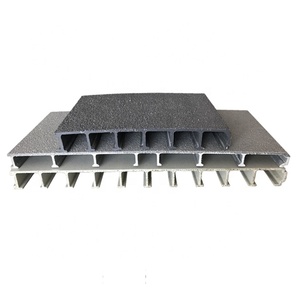


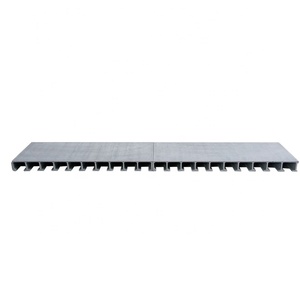





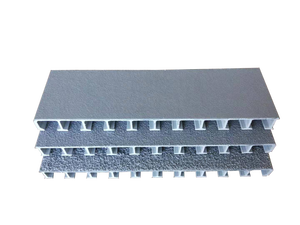


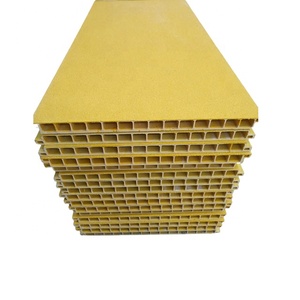

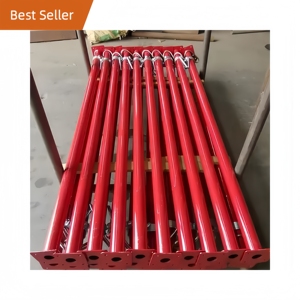


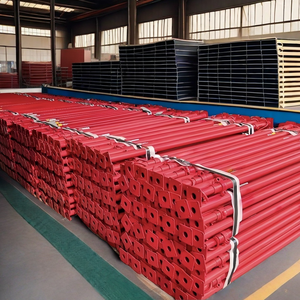

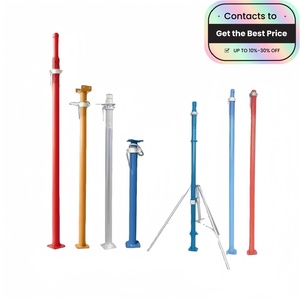








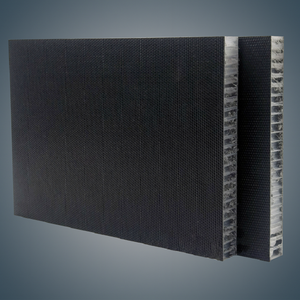









A composite scaffolding panel is used in the construction of temporary platforms that are supported by metal scaffolds. It provides a solid and secure surface for workers to stand on and complete their tasks. Composite panels consist of a core material sandwiched between two outer layers, usually made of aluminum or steel. The core is commonly made of honeycomb paper, polyurethane foam, or polyethylene. The panels are designed to be lightweight, strong, and durable.
Composite scaffolding panels are made from lightweight and robust materials. They consist of a metal framework, usually aluminum or galvanized steel, and infill materials like plywood, particle board, or oriented strand board (OSB). The metal framework provides strength, while the infill materials offer a sturdy, slip-resistant surface for workers.
The different types of composite scaffolding panels include the following:
Lightweight
This is the main reason why composite material panels are so popular among construction companies. They are easy to handle and move from one place to another. Their lightweight nature makes them very ideal for high-rise building projects because they reduce the overall weight of the scaffolds. This, in turn, reduces the load on the supporting structure.
High strength and durability
Despite being lightweight, composite material panels possess high strength. They are able to withstand impact and harsh weather conditions. Composite material panels are not easily damaged, which prevents the need for constant replacement. They provide a good grip to workers, which helps to prevent slipping. Their durability ensures safety on site.
Corrosion and weather resistant
These panels are able to resist harsh weather conditions, including extreme temperatures, rain, and UV radiation. They are usually built with materials like aluminum and fiberglass, which are able to withstand corrosion and rust. The ability of composite panels to resist corrosion and weather conditions makes them very ideal for both marine and industrial applications.
Versatility
Composite panels come in different sizes, designs, and materials to cater to the needs of different industries. They can be used for various applications, including walls, roofs, floors, and other structural components in construction. Their versatility makes them a popular choice in the construction industry.
Easy assembly and disassembly
Composite scaffolding panels are designed with interlocking systems that enable quick and safe assembly. They have hooks and clamps that allow workers to connect the panels easily. Their lightweight nature allows for easy handling during assembly. Composite panels are also designed for easy disassembly, which makes them cost-effective and time-saving.
Safety features
Composite scaffolding panels support a high load capacity. They have anti-slip surfaces that prevent workers from falling or slipping. Their lightweight nature makes them easy to handle and move around. They also have guardrails and toe boards that prevent tools and materials from falling off the edges.
Easy maintenance
The materials used to manufacture composite panels are non-stick. This allows dirt and debris to be removed easily from the panels. They can be cleaned using a pressure washer and soap. Composite panels are designed with built-in drainage systems that prevent water accumulation and facilitate easy cleaning.
Composite panels have a wide range of applications across different industries. Here are some of their usage scenarios:
Construction
Composite panels are extensively used in the construction industry. They are used for the infill wall of high-rise buildings, cold rooms, and storage facilities. Their high insulation value helps to reduce energy consumption. Additionally, their lightweight nature speeds up the construction process and reduces the structural load.
Transportation
Composite panels are used in the construction of trailers, containers, buses, and trains. Their lightweight nature helps to reduce the overall weight of vehicles and increase fuel efficiency.
Refrigeration
These panels are widely used in the construction of walk-in coolers, freezers, and refrigerated trucks. Their exceptional thermal insulation property helps to maintain a stable temperature and reduce energy costs. Moreover, their airtight seal is essential in preventing cool air from escaping and ensuring energy efficiency.
Telecommunication
These panels are used in the construction of telecommunication shelters and data centers. Their durability and strength provide a secure environment for equipment. Additionally, their insulation property helps to regulate temperature and reduce cooling energy costs. Their electromagnetic interference (EMI) coating is crucial in protecting sensitive equipment from interference.
Oil and gas
Composite panels are used in the construction of offshore platforms, pipelines, and storage tanks. Their corrosion-resistant property makes them ideal for harsh environments. Besides, their lightweight nature facilitates easy transportation and installation. Their ability to withstand extreme weather conditions ensures the structural integrity of the application.
Aerospace and aviation
The panels are used in aircraft fuselage, wings, and interiors. Their lightweight nature is crucial in reducing the overall weight of the aircraft and improving fuel efficiency. Additionally, they offer high strength and structural integrity. More importantly, their fire-resistant property is essential in meeting aviation safety standards.
Marine
Composite panels are used in the construction of ships, boats, and marine structures. Their lightweight nature improves buoyancy and fuel efficiency. Additionally, they are resistant to water and UV radiation.
Cleanrooms
These panels are used in the construction of cleanrooms and controlled environments. Their smooth surface is easy to clean and hygienic. Moreover, their insulation property helps to regulate temperature and reduce energy costs.
Load Capacity:
The load capacity of a support panel is the first thing to consider when buying. Each type of job has a different load requirement. So, it's essential to choose a scaffolding panel with a load capacity that meets the needs of the project. A heavy-duty load capacity should be considered for jobs in construction with higher loads. A light-duty panel is suitable for maintenance and repair work. This is because it can carry up to 25 psf or 1,250 lbs.
Material:
The durability and strength of the composite scaffolding panel depend on the material used in its construction. Steel and aluminum are the most widely used materials. Steel panels can withstand harsh environmental conditions. They provide a high level of structural integrity and safety. An ideal steel alloy is used in making them. Aluminum panels are lighter than steel. They are easy to handle and transport. Aluminum panels are resistant to corrosion.
Length and width:
The dimensions of the panel play a significant role in its performance. Composite scaffolding panels come in different sizes. The standard sizes are 5 feet by 3 feet, 6 feet by 3 feet, and 8 feet by 3 feet. The spaces between the standards are covered by these sizes. Consider the dimensions of the scaffolding to ensure the panel will fit perfectly.
Certifications:
The safety and quality of the composite scaffolding panels are shown by their certifications. Look for scaffolding support panels with industry-recognized certifications, like OSHA and ANSI. These certifications show that the panels have passed the required safety standards and tests.
Surface finish:
The surface finish affects the durability of the composite scaffolding panels and their performance. A smooth surface finish allows for easy and quick panel assembly and disassembly. It also makes maintenance simple. A rough surface finish provides better traction and prevents workers from slipping off the panel.
Ease of assembly:
The design of the composite scaffolding panels should allow for quick and easy assembly. This will help to reduce the time and labor costs incurred. Features like a double-locking system and adjustable couplers are essential. They ensure a secure and stable connection.
Q1: What are the requirements for using scaffolding in construction?
A1: The Occupational Safety and Health Administration (OSHA) has requirements for using scaffolding in construction. For one, they require a written evaluation and determination of the use of scaffolds. They also require the use of a qualified person to design and erect scaffolds. Among many other requirements.
Q2: How does one choose a good scaffolding company?
A2: To choose a good scaffolding company, one should consider the company's experience, reputation, and product quality. More importantly, one should look at the company's customer reviews and testimonials to get insight into their services.
Q3: What is the difference between scaffolding and a support?
A3: Scaffolding is a temporary structure used to support and elevate projects or tasks. On the flip side, a shore is a temporary structure used to support a load, such as a beam or a wall. In essence, both scaffolding and shores support structures but are used in different contexts.
Q4: What is the maximum height of a scaffold?
A4: There is no definitive maximum height of a scaffold because, according to OSHA, the height of a scaffold cannot exceed three times the maximum intended width of the support base. In other words, the height is based on the width of the support base.